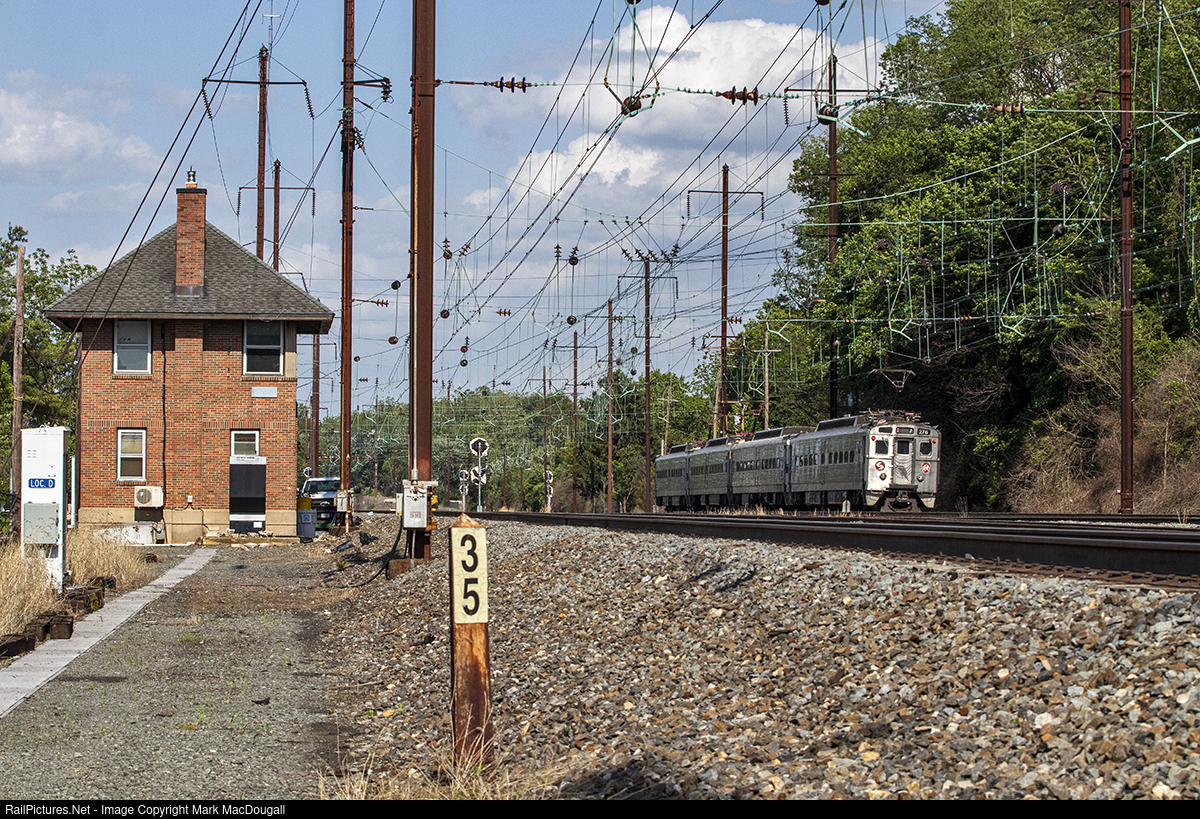With the re-signaling of the former Guilford Rail System/Boston & Maine Western Route Main Line accelerating rapidly, I managed to carry out a multi-day road trip to gauge the situation and take what photos I could. With the re-signaling already complete between the Mass border an the Exeter, NH area I started at Dover, NH and worked my way north to Saco, ME.

My first discovery was that CSX was doing more than just swapping out the signaling and the signal rules. Outside of the MBTA zone the interlockings have all been renamed from the Guilford era CPF-Milepost format to location based names, some of which call back to B&M telegraph cores and others more modern things like road names. Overall this marks an improvement as the CPF names were a result of the crazy Guilford owner kitbashing a 715 mile long main line between Mattawamkeag, ME and Sunbury, PA in 1981. Changing the interlocking names was actually in support of moving away from the Guilford's "Freight Main Line" 0 to 715 mileposts. Unfortunately CSX did not restore the original B&M mileposts from Boston and instead established an MP 0 in Portland Maine that increases as one travels west. Although the chaining was not changed, stone "Boston" mileposts defaced with spray paint instead of reused.
 |
Main track Clear at CPF-243
|
 |
New signal bridge at Rollingsford Jct
|
In the Dover area the B&M signaling, including classic signal gantries, is very much on its way out. The holdout signals at CPF-244 in downtown Dover are also going to be removed without replacement due to the reduced need for switching movements that need to occupy the main line. Dover actually represents a bit of a B&M signaling island right now as just over the Main border, double tracking improvements have already ushered in Seaboard signaling all the way through Wells, ME.
Part of these improvements include a new full crossover designated WILLIE west of the Wells, ME Downeaster station. The only details of note is that standard CSX switch procurement is now from Apex and the color light signal modules are now from Progress Rail instead of Safetran.
 |
Milepost 211 searchlight automatic. Note the new CSX milepost number.
|
The section between Wells and Saco was re-signaled by Guilford in the 1990's with brand new SA searchlights, however new signal mast footings are in place at all of the locations as CSX can't let us have nice things. CSX has also replaced all of the former Guilford defect detectors with brand new units, which runs counter to their practice after the Conrail merger where CR readouts lingered for over a decade.
 |
Turned signal mast at Saco.
|
At Saco a turned target type signal awaits an unknown fate. The sale to CSX caught some of the Guilford's own re-signaling projects in mid-stride. If any Federal funds were used as part of Downeaster service improvements, it might be difficult for CSX to scrap this work so we will have to see what they choose to do.
 |
CPF-LO w/b dwarfs
|
The corridor between Lowell and Ayer has seen no recent activity on the part of CSX. This might be due to the state of Mass owning all of part of the infrastructure or just the lack of passenger operations bumping down the priority. I am pretty sure the state owns the Northern Route Main Line to the wye junction north of town and possibly to the New Hampshire border and plans for Nashua commuter rail will likely dissuade CSX from making changes the government might ultimately pay for. While I already reported on the re-signaling of Lowell's BY interlocking by MBTA, CPF-LO west of the station is intact, although all connections to MBTA tracks have been cut.
 |
CPF-307 eb-B&M signal bridge
|
 |
CPF-307 new w/b searchlight mast.
|
The ABS signals and CTC siding on the Guilford track between Lowell and Ayer are also intact with each end of the siding featuring an intact B&M signal bridge. CPF-307 even has what appears to be a fairly new 3-head searchlight mast, although it is unclear if this was carried out under CSX or Guilford.
















































